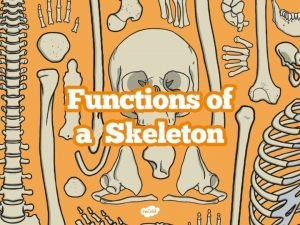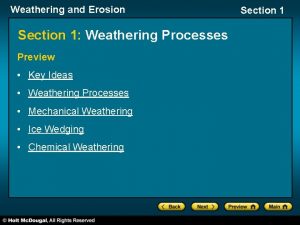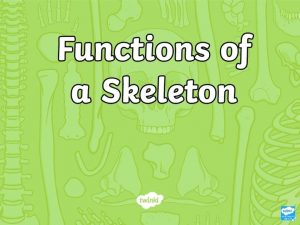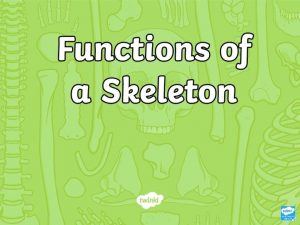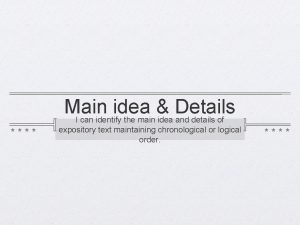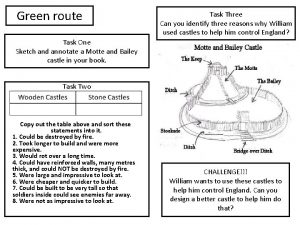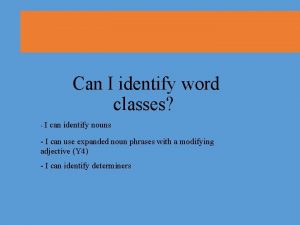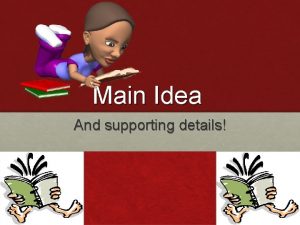I can identify and explain the three main










- Slides: 10


• I can identify and explain the three main functions of a skeleton. • I can identify parts of the skeleton that protect the body. • I can identify parts of the skeleton that support the body and help it move. • I can explain how different parts of the skeleton work.

human dog horse snake fish

Think about the following questions: Why do we have skeletons? What would happen if we did not have a skeleton?

Our skeletons protect the main organs of our bodies. My brain is protected by my skull. My heart and lungs are protected by my rib cage.

One of the functions of a skeleton is to support your body. What would happen if you had no bones in your body? Which part of the skeleton keeps your body upright?

What happened when I tried to pick up a pencil the first time and the second time?

Without joints connecting our bones we would not be able to move the way we do. We would not be able to bend, jump, skip to name a few movements. There are 3 different types of joints in the body. (Click the pictures to see how they move!) ball and socket hinge gliding Ball and socket joints allow the most freedom of movement. One example in the human skeleton is the between the pelvis (hip) and femur (upper leg bone). Hinge joints allow flex and extend movements. One example in the human skeleton is between the humerus (upper arm bone) and radius/ulna (lower arm bones). Gliding joints are also known as ‘plane’ joints. The bones are shaped to glide over one another and allow for small limited movements in different directions. One example in the human skeleton is the wrist bones.

Use this information to help you to explain the three main functions of the skeleton. Carefully read the worksheet that comes with this activity. Use the words at the bottom of the sheet to fill in the blanks. You could either copy out the activity in your best handwriting or print out the sheet.

 Identify and explain
Identify and explain Orange, diamond-shaped signs warn the motorist of:
Orange, diamond-shaped signs warn the motorist of: Explain three ways in
Explain three ways in Importance of the optional parts of a business letter
Importance of the optional parts of a business letter Business research chapter 3
Business research chapter 3 Define or explain
Define or explain Stated main idea and implied main idea
Stated main idea and implied main idea What is hire purchase system
What is hire purchase system Identify three agents of mechanical weathering
Identify three agents of mechanical weathering Three types of general winds s190
Three types of general winds s190 Dabe main daba dabe main cake
Dabe main daba dabe main cake
